
If you are looking to make a change in your home, sign-ups just opened for my free live workshop! We only host this popular offering once a year, so make sure you check our session schedule and save your seat ASAP.
When I was in design school, I spent a lot of time feeling stuck. I had transitioned into design from a career in branding, and I didn’t have a lot of the skills that my peers did coming into the program. Many of my classmates had backgrounds in studio art or graphic design. They had great drawing skills, or they could make beautiful models of their designs. They had a sense for how to take an idea from something in their head to something in the world.
Next to them, I felt deeply uncreative. I would sit down with a pencil to come up with ideas and everything that came out just felt like a weak imitation of things I saw in design magazines and online. This made me feel anxious. What if I had made a terrible mistake leaving my career to go back to school? What if I just wasn’t cut out to be a designer? Of course, these fears only made me less creative. Every time I tried to come up with ideas, I braced myself for failure. And failure was what met me on the page. On my better days, I believed that I had original ideas in me. I just couldn’t seem to get them out.
It wasn’t until my furniture studio in my second year that I began to realize: my talent for design lay in my ability to find inspiration in unexpected places and translate that into a concept. Yes, other designers were better at visualizing or fabrication, but I could find ideas in a travel essay or a pile of spaghetti — and build a whole world around them.
The project that taught me this was designing a concept chair for kids. I wanted to create a chair that would let kids move, rather than being stuck in one place. Movement is good for the body, right? But we expect kids to just sit in little plastic chairs in school all day, without any of the kinesthetic release that helps them expend energy and stay connected to their bodies.
To get inspired, I spent a lot of time exploring movement. I spent hours playing with springs, rubber bands, bendy straws, foam rubber, and anything else that moved. I forgot about trying to create a chair, and focused on creating movement. The design uses bungee cords held in tension with nylon panels to absorb movement and translate it into a visual display. The resulting concept was a little wild — and of course, looking back, there are lots of things I’d change about it — but it expressed an idea that was totally different and unique.
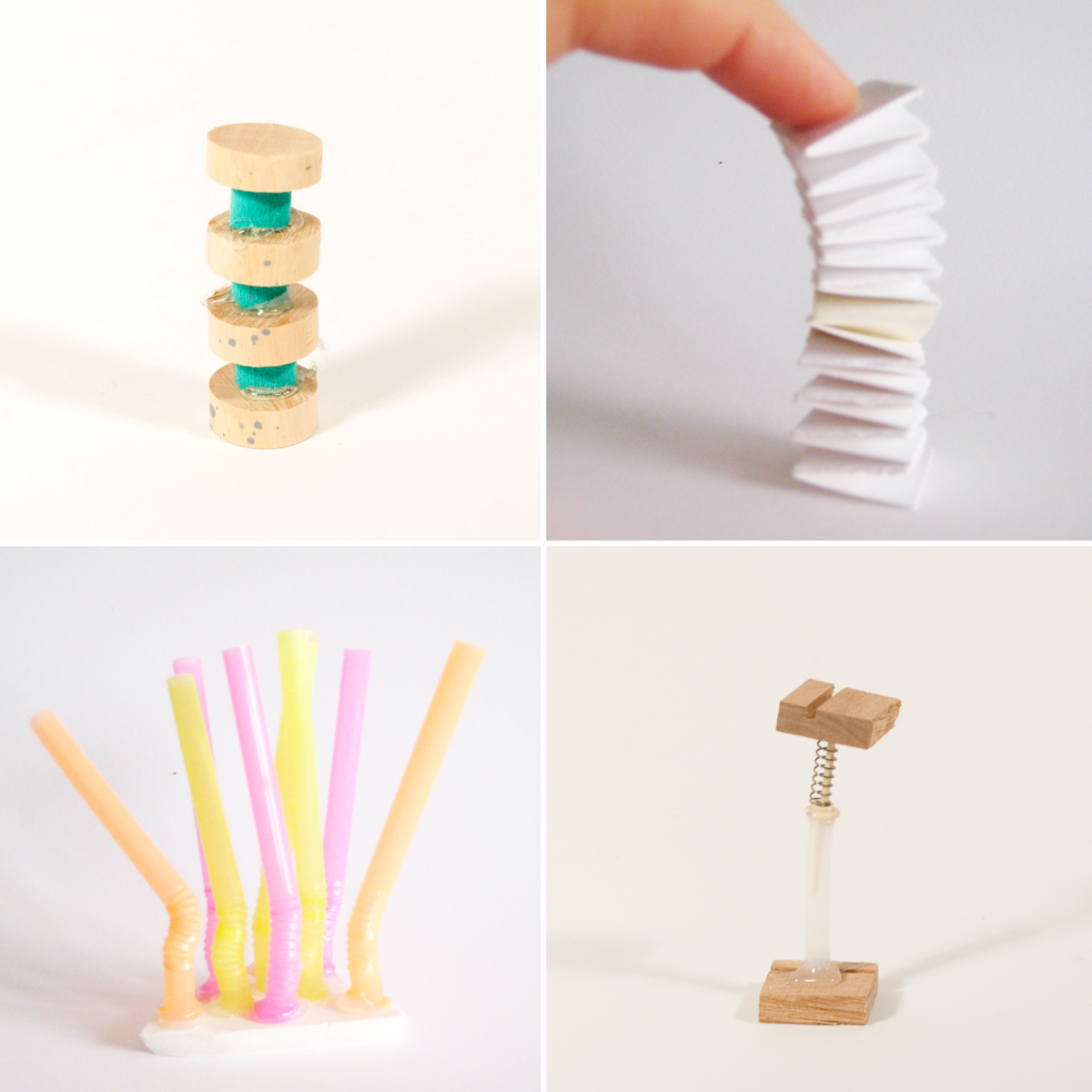
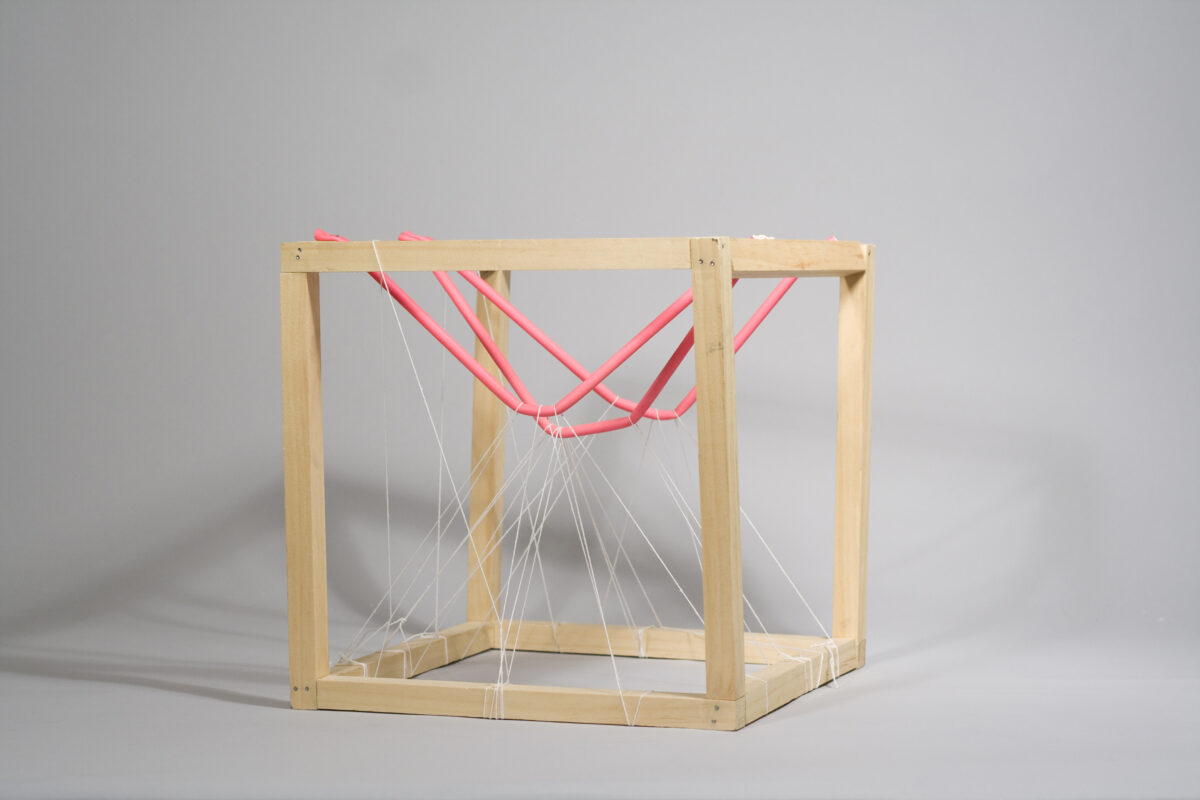
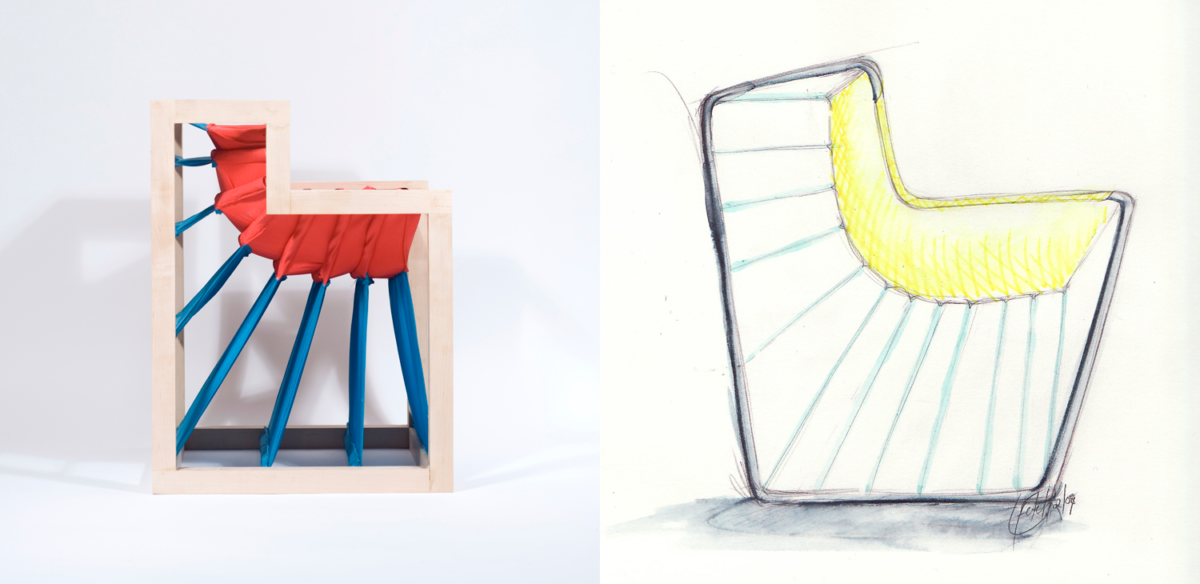
From this moment on, my experience as a designer changed. I no longer felt like an imposter. I knew that while I still had a lot to learn (and probably always would), I had my own talents that made me unique and capable as a designer.
I think many of us feel a similar kind of insecurity when we try to do things outside our wheelhouse, and home decor is no exception. It’s easy to become overwhelmed by a home project and think, I don’t know what I’m doing. Maybe I’m just not one of those creative types. I should just stick with white walls and beige furniture so I don’t mess it up.
But I believe that you are creative, and that you have the capability to design a space that feels good to you and the people you love, even if you’ve never done it before. And one thing that can help you do it is to figure out your design superpower. When you know what you do well in the process of decor, it helps you focus your energy and trust in your abilities. You can spend less time worrying “Am I good at this?” and more time exploring and creating, which by definition will yield better results.
Discovering your design superpower
How do you find out your design superpower?
It starts with understanding your design personality. Design personalities aren’t styles — they don’t tell you whether you’d prefer an Eames chair or a Louis IVX one. Instead, they explain what home means to you and how you approach the process of design. They’re oddly revealing. (I shouldn’t be surprised about this, but they still kind of freak me out with their accuracy!) Your design personality can tell you how you get inspired, where you get stuck in the design process, and what you can do to get unstuck. It can also tell you your design superpower: the secret (or maybe not-so-secret) talent that helps you make magic out of any home design project.
If you don’t know your design personality yet, take the quiz here. It’s ten questions, and you can do it in under five minutes. (Note: you can have multiple design personalities, but the quiz can only tell you one, so if you’re torn between answers, you can take the quiz twice to find your primary and secondary personality.)
Once you know your design personality, read on to learn more about your design superpower and how it can help you in your design process.
Editing: the Essentialist’s ace in the hole
For an Essentialist, home is a space of intention and clarity. Your decor is grounded in a guiding idea, and you’re able to resist the temptation to clutter it up because you know how good it feels to have a cohesive space where everything works in harmony.
Your superpower is editing: knowing what to include and what to leave out. You understand that more is not necessarily better — in fact, often, it makes things worse. You can look at a space and immediately understand what to remove to make it feel more balanced. The result looks so natural that people often don’t realize how much work goes into making a home like yours.
Put another way, you have the gift of focus. You’re able to avoid shiny distractions and red herrings to keep the heart of the idea in mind. When collaborating with others, you hold the center, reminding others of your shared vision.
When in doubt: take something out.
If you get stuck on a design dilemma, lean into your Essentialist nature by removing things until the core idea is clear. Stripping things down to the essence helps you see the bones of your concept. Once you’ve pared back, you can always add things back in one at a time until it feels right.
Self-knowledge: the Free Spirit’s guiding light
A Free Spirit composes a space piece by piece, intuitively drawn toward objects without regard to conventional rules or dogmas. As a result, your home is truly one of a kind.
Your superpower is self-knowledge: an unshakeable understanding of who you are and what you like. You’re not about to get swept away by a fleeting trend or feel compelled to paint your walls the Color of the Year. Whenever you have a decorating dilemma, if you can just listen to your inner voice, you’ll find the answer.
Having a Free Spirit on a team can help loosen up an overly tight design process. Your instinctive process leads you to unexpected ideas and surprising juxtapositions, inspiring others to follow their joy as well.
When in doubt: tune in.
If you find yourself overthinking things, come back to your inner Free Spirit and ask: What do I really love here? Sometimes Free Spirits operate so intuitively that you don’t always know how to listen for that inner voice when you need to hear it. Getting practice at surfacing your heart’s desire can give you more control over your sometimes unpredictable gift, and more confidence too.
Inspiration: the Dreamer’s gift
A Dreamer’s home is a portal to possibilities. Dreamers don’t just furnish a space. You create a world, with all the nuance and narrative that comes with it. It’s a little bit like designing a movie set — you’re imagining all of the things you want to happen in your space and using design to bring them to life.
Your superpower is inspiration: the ability to find fuel for your far-ranging imagination. A master of gathering ideas, you’re always on the lookout for evocative images that give color and texture to your desires. Exploratory by nature, you draw from diverse sources, from art journals to blogs to vintage woodworking guides. Your many carefully composed Pinterest boards give your creativity ample fodder, and ensure your decor is never dull.
Collaborating with a Dreamer can breathe new life into a design, making it richer and more exciting.
When in doubt: fantasize.
Stuck on a design? Remember to let yourself dream. While it sometimes feels like a diversion when you’re trying to get a room finished, taking a few minutes to let yourself ponder aspirational (even unaffordable) ideas can recharge your creativity. When you come back to earth, you’ll be more energized and excited about how to move forward.
Curiosity: the Collector’s hidden strength
As a Collector, you’re an explorer by nature and love finding unusual things that reflect your passions and interests. Your home is a library of stories, a rich and textured place full of the little details that make ordinary things extraordinary.
Your superpower is curiosity: an insatiable desire to learn about the world. It’s impossible for you to be bored, which means it’s impossible for you to be boring. Your genuine interest makes people open up to you, which leads you to unique discoveries others would never find. Your designs are never generic. They weave together different journeys into an eclectic, inspired whole.
Collaborating with a Collector adds depth to any design project. Collectors don’t rush the process, but take the time to find layers of perspective that bring authenticity to any idea.
When in doubt: ask questions.
Collectors are likely to get stuck when they feel they need to have all the answers. You’ll free yourself by remembering curiosity, not certainty, is your superpower. Lean into your strength by framing your next steps as questions. “What do I need to know to move forward?” “What am I trying to discover with this design?” These questions will awaken your Collector’s creativity, and get you moving toward new ideas.
History: the Traditionalist’s secret weapon
As a Traditionalist, you have a classic sensibility and a penchant for the tried and true. That’s not to say you necessarily have a traditional style, though. Being a Traditionalist is more about how you approach design than how things look. You respect the rules, written and unwritten, of each genre of design, and wouldn’t go around gold-leafing a Mies van der Rohe chair or cutting a picture window into a 19th century house.
Your superpower is history: an understanding of what’s come before. You know that certain patterns recur again and again in design through the ages for a reason. Whether it’s the golden section and the rule of thirds, or your mom’s insistence that a bedside table always needs a lamp, you have a library of proven techniques at your disposal for making a house feel like a home.
Traditionalist team members bring the wisdom of the ages to your project. They help you avoid naive mistakes, and inspire you to create something bigger than the moment.
When in doubt: look to the past.
If you’re a Traditionalist who is stuck on a design, make sure you’re not being overwhelmed by the always-on nature of our inspiration culture. Yes, it’s hard to resist the endless scroll of Instagram and Pinterest. But you’re more likely to find a resonant kernel of an idea in old books and vintage magazines. Give yourself space to rediscover what you already know and value.
Warmth: the Host’s magic wand
For a Host, home is where the heart is. Your modus operandi is all about making the people you care about feel special, taken care of, and welcomed.
Your superpower is warmth: the ability to make a space feel soulful and alive. Even the most sterile space becomes inviting with your skill. You notice the little touches that make people feel at home, and infuse a space with the kinds of personal artifacts — shells gathered from a family beach trip, a candle in a favorite scent, a watercolor painting by your artist cousin — that create interest and intimacy in a home.
Collaborating with a Host brings humanity to your design, ensuring you never end up with a cold, unlivable space.
When in doubt: design for someone you love.
If you’ve hit a roadblock on a design project, move past it by putting your spotlight on someone you care about. Because all a Host’s designs start with love, it’s easier to imagine what to do next when you tap into your natural affection for those special someones in your life.
Common sense: the Pragmatist’s genius
A Pragmatist never loses sight of the fundamental purpose of a home: to make life work better. Prizing substance over style, your home is a grounded, functional place that lets you focus on the things you care about in life.
Your superpower is common sense: the knowledge of what matters, and what doesn’t. You know what your priorities are, and you stick to them. You don’t get sucked into spending money on here-today-gone-tomorrow trends or flights of fancy that won’t truly bring you joy in the long run. When you follow your gut and trust your instincts, you end up with a home where life just flows.
Having a Pragmatist on your team means you’ll never get lost in the weeds of an unworkable scheme. Pragmatists will get you back on track when you’ve gone down a rabbit hole and help you build a firm foundation for any design.
When in doubt: get back to basics.
If you’re a Pragmatist struggling with a design, start by stripping away the BS and asking what makes sense. For each part of the design, ask: what’s the reason to include this? You want to get down to bedrock — the clearest, most sensible concept — before you build back up again.
Foresight: the Pioneer’s sixth sense
Fearless and inspired, Pioneers have an eye for the avant-garde and a willingness to take a chance on a bold new idea. You don’t think of your home as a series of rooms. It’s more like a series of experiments, always evolving, and in the process redefining the very idea of “home.”
Your superpower is foresight: an intuition for what’s just over the horizon. You don’t look at current trends or magazines to get inspired. These are full of yesterday’s ideas, and you can’t create the future by staying stuck in the past. You have a gift for understanding culture, and you know where to find truly new ideas. When Pantone announces their color of the year, no one’s surprised that you painted your walls that shade three years ago. Your instinct for what’s to come means your home always feels inspiring and novel.
Collaborating with a Pioneer? Buckle up for a wild ride. You may be taken on tangents and driven down dark alleys, but ultimately you’ll end up creating something together that breaks boundaries and shows you a new side of yourself.
When in doubt: look at anything but design.
Pioneers need to draw inspiration from the fringes. If you’re stuck on a design problem, stop looking at design entirely. Seek out conceptual art, food, music, science, or science fiction that challenges you. Let yourself be shocked — you want to experience things that provoke an emotional reaction. The stranger your inputs, the more novel and exciting your designs will be.
—
Knowing your design superpower is a bit like having a go-to tool, always in your toolbox. Whenever you feel stuck, you have a way to harness your strengths and bring them to bear on the problem at hand. I hope this post helps you feel more confident in tackling a design challenge, knowing that you naturally have resources within yourself that you can turn to to make your home shine.
Reminder: Sign ups for the 5 Secrets to Designing a Feelgood Home are now open! Check the schedule for this year’s free live workshop here.

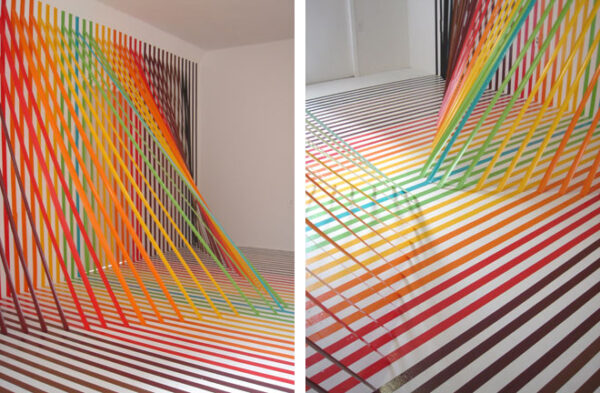
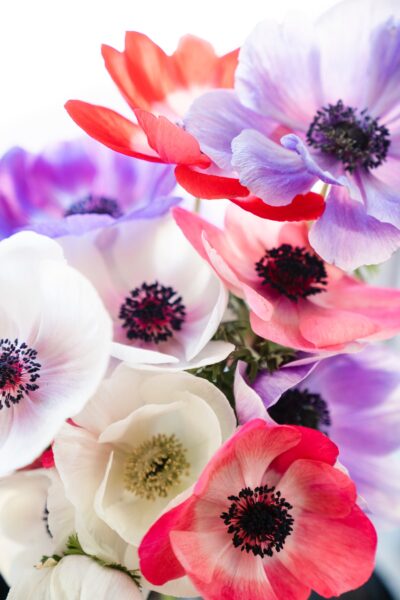


Leave a Comment